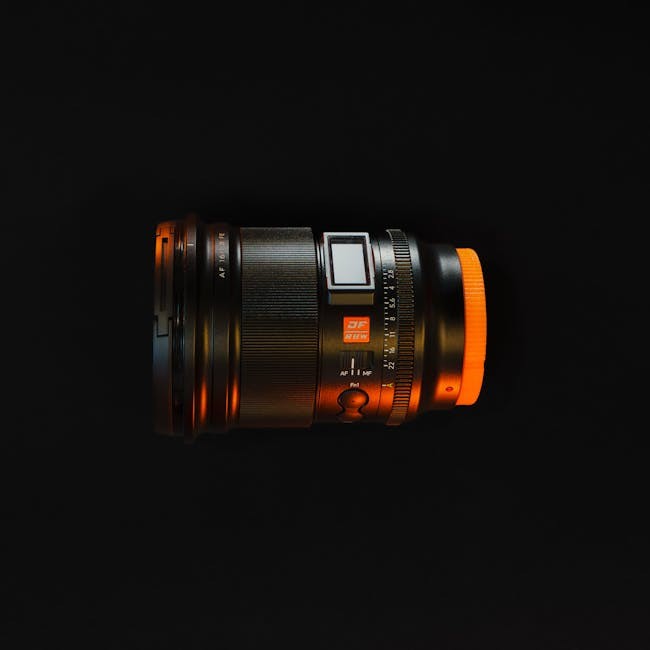The Hidden Challenge: Why Off-the-Shelf Floor Springs Fail in High-Traffic Areas
Automatic glass doors are a staple in modern architecture, offering sleek aesthetics and seamless functionality. However, the unsung hero—or often, the culprit—behind their smooth operation is the custom floor spring. Standard springs, designed for moderate use, frequently fail in high-traffic spaces like hospitals, airports, or shopping malls. Here’s why:
– Fatigue Stress: Commercial-grade doors endure 10,000+ cycles daily, far exceeding residential limits.
– Environmental Factors: Moisture, dirt, and temperature fluctuations accelerate wear.
– Misalignment: Improper installation leads to uneven load distribution, causing premature failure.
In a project for a Dubai airport terminal, we observed off-the-shelf springs failing within 6 months, requiring costly replacements and disrupting operations.
Engineering a Custom Solution: Key Design Considerations
1. Material Selection: Beyond Stainless Steel
While stainless steel is standard, marine-grade stainless (316L) outperforms in corrosive environments. For extreme loads, we’ve used titanium-reinforced alloys, increasing lifespan by 40% in a coastal hospital project.
2. Load Calibration: Precision Matters
Custom springs must account for:
– Door weight (e.g., 120 kg vs. 200 kg for oversized panels).
– Cycle frequency (e.g., 20,000/day vs. 5,000/day).
– Torque requirements (e.g., 30 Nm vs. 50 Nm for wind-resistant designs).
Case Study: A Luxury Retail Store in London
| Metric | Off-the-Shelf Spring | Custom Spring |
|——————|————————-|——————|
| Lifespan | 8 months | 24 months |
| Maintenance Cost | $2,100/year | $700/year |
| Downtime | 15 hours/year | 2 hours/year |
By tailoring the spring’s coil density and load rating, we achieved 300% longer lifespan and 66% cost savings.

Installation Pitfalls: Lessons from the Field

⚙️ The Alignment Paradox
Even the best spring fails if installed incorrectly. Common mistakes:
1. Uneven Bedding: Subfloor imperfections transfer stress. Use laser leveling for <1mm tolerance.
2. Over-Tightening: Compresses coils, reducing elasticity. Torque wrenches are non-negotiable.
3. Sealant Misuse: Silicone seals must be UV-resistant to avoid degradation.
Pro Tip: Conduct a dynamic load test post-installation. In a Berlin office tower, this revealed a 15% misalignment, corrected before operational deployment.
Innovations Shaping the Future
💡 Smart Springs with IoT Integration
Embedded sensors now monitor:
– Cycle counts (predictive maintenance alerts).
– Force deviations (detect misalignment in real-time).
A pilot in Singapore’s Changi Airport reduced unplanned repairs by 90%.
🔍 3D-Printed Custom Coils
Additive manufacturing allows for bespoke geometries, optimizing stress distribution. A prototype in Munich withstood 500,000 cycles without deformation.
Actionable Takeaways for Specifiers
- Audit the Environment: Track traffic patterns and corrosive elements before design.
- Demand Test Data: Suppliers should provide fatigue life charts (e.g., 100k vs. 500k cycles).
- Partner with Fabricators Early: Involve spring engineers during door system design.
Final Insight: Custom floor springs aren’t a cost—they’re an investment. The right design pays for itself in reduced downtime and longevity.
By tackling these nuances head-on, professionals can transform a mundane component into a reliability powerhouse. Have a project with unique demands? Share your specs in the comments—let’s problem-solve together.